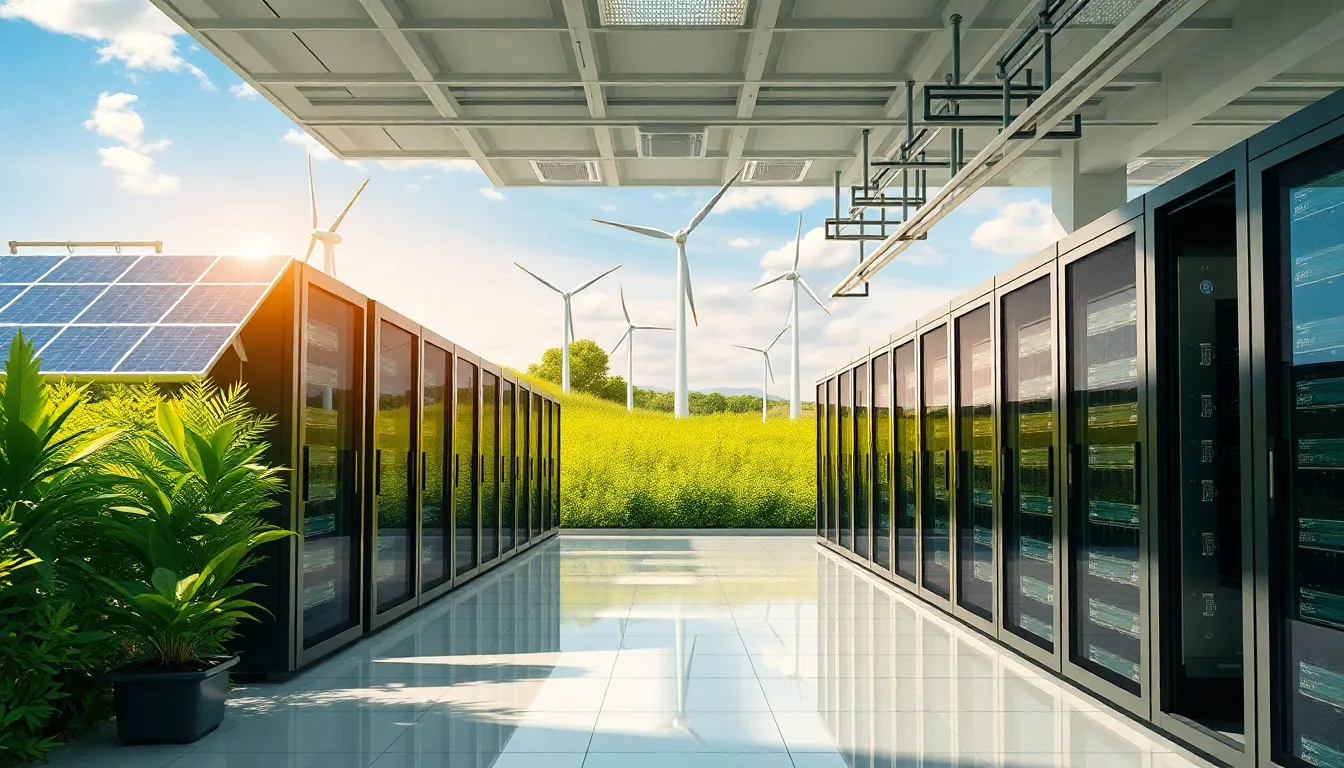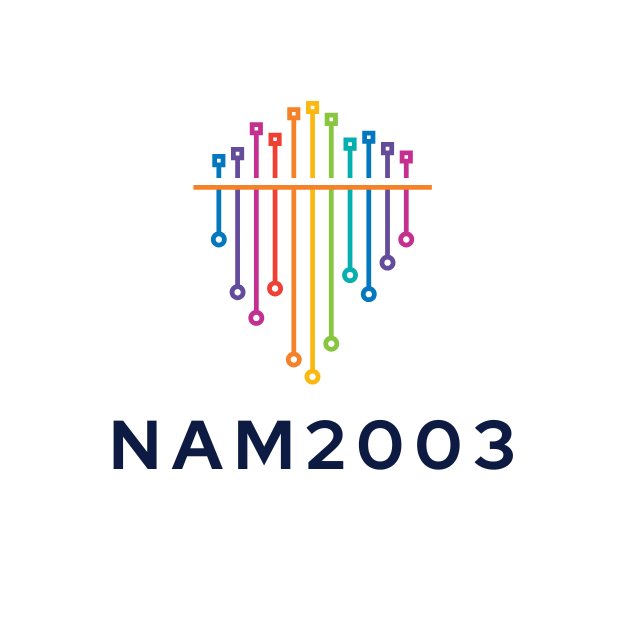Table of Contents
ToggleIn a world where technology evolves faster than a cat meme goes viral, the need for sustainable information technology has never been more pressing. It’s like trying to keep up with your favorite TV series while binge-watching—challenging yet essential. As businesses race to adopt the latest gadgets and gizmos, they often forget the environmental impact lurking in the shadows.
Sustainable IT isn’t just a buzzword; it’s a lifeline for our planet. Imagine a tech landscape where innovation meets eco-friendliness, creating a harmonious balance that even Mother Nature would applaud. By embracing sustainable practices, companies can reduce their carbon footprint while still enjoying the perks of cutting-edge technology. So, let’s dive into the world of sustainable information technology and discover how it can revolutionize the way we work, play, and save the planet—all without sacrificing performance or fun.
Understanding Sustainable Information Technology
Sustainable information technology focuses on using tech solutions that reduce environmental impacts while supporting business needs. This approach helps organizations innovate responsibly, ensuring that advancements in technology do not compromise ecological balance.
Definition and Importance
Sustainable information technology refers to practices that minimize the environmental footprint of IT processes. This concept emphasizes energy efficiency, waste reduction, and resource utilization optimization. Implementing sustainable IT strategies can reduce carbon emissions, fostering a more responsible approach to technology adoption. Stakeholders increasingly demand greener practices, making sustainability critical for long-term success and compliance with regulations. Companies embracing sustainable IT contribute to global efforts in combating climate change while enhancing their brand reputation among environmentally-conscious consumers.
Key Principles of Sustainability in IT
Several key principles underpin sustainable information technology. First, energy efficiency in data centers plays a crucial role in reducing operational costs and emissions. Second, adopting renewable energy sources, such as solar or wind, strengthens sustainability goals. Third, lifecycle management focuses on the entire product journey, from production to disposal, ensuring minimal waste generation. Fourth, businesses prioritize sustainable procurement by choosing vendors that practice environmental responsibility. Finally, promoting digital transformation, such as cloud computing and virtualization, further optimizes resource usage and decreases ecological impact. Together, these principles drive a comprehensive approach to sustainable IT practices.
Current Trends in Sustainable Information Technology

Sustainable information technology is increasingly gaining traction as organizations focus on eco-friendly practices. Companies explore various innovations that minimize environmental impact while maintaining efficiency.
Green Data Centers
Green data centers emphasize energy efficiency, renewable energy use, and waste reduction. The construction of facilities incorporates sustainable materials and designs that reduce energy consumption. Smart cooling systems and virtualization technologies optimize workloads, enabling the efficient use of server space and energy. Organizations integrate solar panels and wind energy sources, further bolstering their commitment to sustainability. Major tech companies, such as Google and Microsoft, now aim for carbon neutrality through the adoption of green data center practices.
Energy-Efficient Computing
Energy-efficient computing plays a pivotal role in sustainable information technology. This approach involves using hardware and software that minimize energy consumption while optimizing performance. Innovations include low-power processors and energy-efficient storage solutions, which allow systems to operate with less electricity. Cloud computing offers scalable resources that users access on demand, decreasing energy footprints compared to traditional on-premises solutions. As energy costs rise, businesses increasingly adopt energy-efficient computing to save money and reduce their carbon emissions effectively.
Benefits of Sustainable Information Technology
Sustainable information technology offers numerous advantages that extend beyond simple eco-friendliness. Organizations that prioritize sustainable IT can witness profound benefits in areas such as environmental impact and cost efficiency.
Environmental Impact
Implementing sustainable IT practices significantly decreases environmental footprints. Energy-efficient data centers rely on renewable energy, reducing greenhouse gas emissions. Such initiatives support global climate goals while maintaining operational effectiveness. Sustainable procurement emphasizes environmentally friendly materials, which minimizes waste generation. Furthermore, leveraging digital transformation aids in reducing resource consumption, ultimately leading to a healthier ecosystem. Businesses adopting these approaches find themselves positioned as leaders in environmental stewardship, enhancing their reputation among eco-conscious consumers.
Cost Savings and Efficiency
Sustainable information technology promotes financial efficiency by cutting operational costs. Utilizing energy-efficient computing hardware reduces energy expenses. Transitioning to cloud computing not only minimizes energy use but also optimizes resource allocation across various projects. Many organizations save significantly on their electricity bills with these changes, enhancing profitability. In addition, longevity in equipment due to sustainable practices decreases replacement costs. Overall, incorporating sustainability in IT leads to improved efficiency and substantial cost reductions, allowing companies to reinvest in further innovative solutions.
Challenges in Implementing Sustainable Information Technology
Implementing sustainable information technology faces numerous challenges that can hinder progress.
Technological Barriers
Outdated infrastructure often limits the adoption of sustainable practices. Existing systems may not support energy-efficient technologies effectively. Additionally, integrating new solutions with legacy systems poses compatibility issues. The high cost of upgrading hardware further deters organizations from making necessary investments. Moreover, knowledge gaps within teams can impede the transition to modern, sustainable IT practices. As organizations strive to innovate, a lack of access to green technologies complicates efforts. These barriers necessitate significant planning and resource allocation to overcome.
Organizational Resistance
Many organizations encounter resistance when shifting towards sustainable IT practices. Employees accustomed to traditional processes may hesitate to adapt to new methods. Leadership commitment significantly influences acceptance, with insufficient support leading to skepticism among staff. Fear of disruptions during the transition can create reluctance to embrace change. Additionally, competing priorities often overshadow sustainability initiatives, leaving them marginalized. Engaging employees through education and clear communication is crucial for overcoming this resistance. Building a shared vision fosters a culture that prioritizes sustainability throughout the organization.
Future Outlook for Sustainable Information Technology
Sustainable information technology is poised for significant advancements in the coming years. Experts predict that these developments will further reduce environmental impacts while enhancing operational efficiencies.
Emerging Innovations
Innovations in sustainable IT continue to reshape the landscape. Companies are investing in artificial intelligence to optimize energy consumption, leading to smarter resource management. Additionally, improvements in cloud computing allow organizations to scale operations while minimizing their carbon footprints. These technologies promote eco-friendly practices by utilizing low-energy systems and promoting the virtualization of resources. Companies like Amazon Web Services are at the forefront, continuously enhancing their energy efficiency strategies, which supports broader sustainability goals.
Role of Policy and Regulation
Policies play a crucial role in promoting sustainable information technology. Governments worldwide are implementing regulations that require businesses to adopt greener practices. Several regions enforce strict guidelines on energy consumption and waste management in IT operations. Compliance with these policies fosters a competitive edge, as companies recognized for sustainability often attract environmentally conscious customers. Furthermore, regulatory frameworks encourage investment in renewable energy sources, pushing organizations to decrease dependency on fossil fuels. The combined effect of these regulations drives global efforts to combat climate change through sustainable tech adoption.
Sustainable information technology is no longer just an option; it’s a necessity for businesses aiming to thrive in an eco-conscious world. By embracing sustainable practices, organizations can significantly reduce their environmental impact while improving operational efficiency. The integration of energy-efficient solutions and renewable resources not only supports climate goals but also enhances brand reputation among consumers who prioritize sustainability.
As technology continues to evolve, companies must stay ahead of the curve by overcoming challenges and fostering a culture of sustainability. The future of IT lies in innovative solutions that balance performance with environmental responsibility. With the right strategies in place, businesses can lead the charge toward a greener, more sustainable future in the tech landscape.







